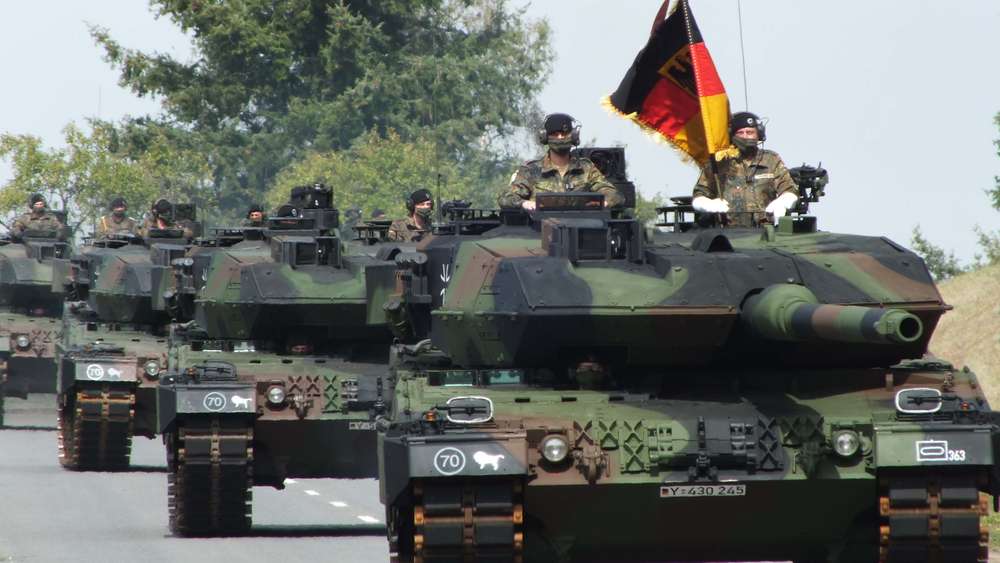
The IV became the backbone of Germany's panzer force and the power behind the blitzkrieg. The German Army first used Panzer I light tanks, along with the Panzer II, but the mainstays were the medium Panzer IIIs and Panzer IVs which were released in 1937. He ignored the restrictions imposed by the Treaty of Versailles (1919) and began rearming, approving the development of many German tank designs he was shown. Although he initially headed a coalition government, he quickly eliminated his government partners. On 30 January 1933, Adolf Hitler was appointed Chancellor of Germany. German demonstration against the Treaty of Versailles in front of the Reichstag building Almost all were eventually scrapped, and the various postwar treaties forbade the former Central Powers from building or possessing tanks. As it became clear that the tank could play a significant role on the battlefield, Germany began working on designs for both heavy and light tanks, but only a small number of prototypes were completed by the end of the War.Īfter the Armistice, all tanks in German hands were confiscated. They suffered from numerous design faults, and Germany actually used more captured British tanks than A7Vs. Initially unconvinced that tanks were a serious threat, the High Command ordered just twenty A7Vs, which took part in a handful of actions between March and October 1918. The German response to the modest initial successes of the Allied tanks was the A7V, which, like some other tanks of the period, was based on caterpillar tracks of the type found on the American Holt Tractors. The Germans, on the other hand, were slower to develop tanks, concentrating on anti-tank weapons.

The British and French both began experimenting in 1915, and deployed tanks in battle from 19 respectively. The development of tanks in World War I began as an attempt to break the stalemate which trench warfare had brought to the Western Front.

This article deals with the tanks ( German: Panzer) serving in the German Army ( Deutsches Heer) throughout history, such as the World War I tanks of the Imperial German Army, the interwar and World War II tanks of the Nazi German Wehrmacht, the Cold War tanks of the West German and East German Armies, all the way to the present day tanks of the Bundeswehr.


 0 kommentar(er)
0 kommentar(er)
